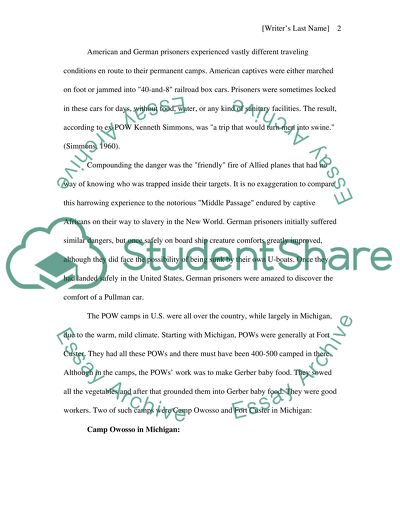Prisoner of War Camps in United States during World War 2 Essay. Retrieved from https://studentshare.org/history/1522837-prisoner-of-war-camps-in-united-states-during-world-war-2
Prisoner of War Camps in United States During World War 2 Essay. https://studentshare.org/history/1522837-prisoner-of-war-camps-in-united-states-during-world-war-2.


